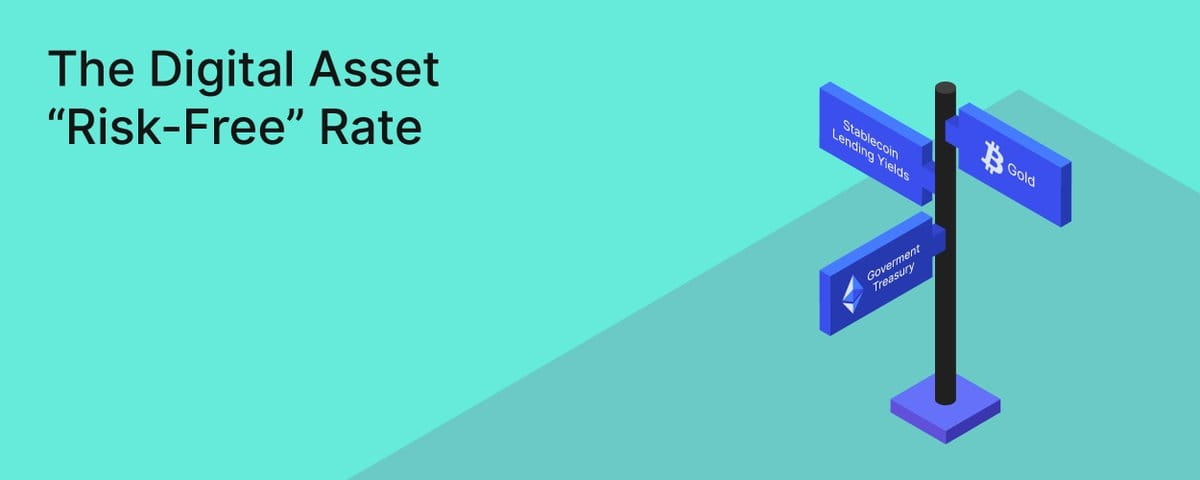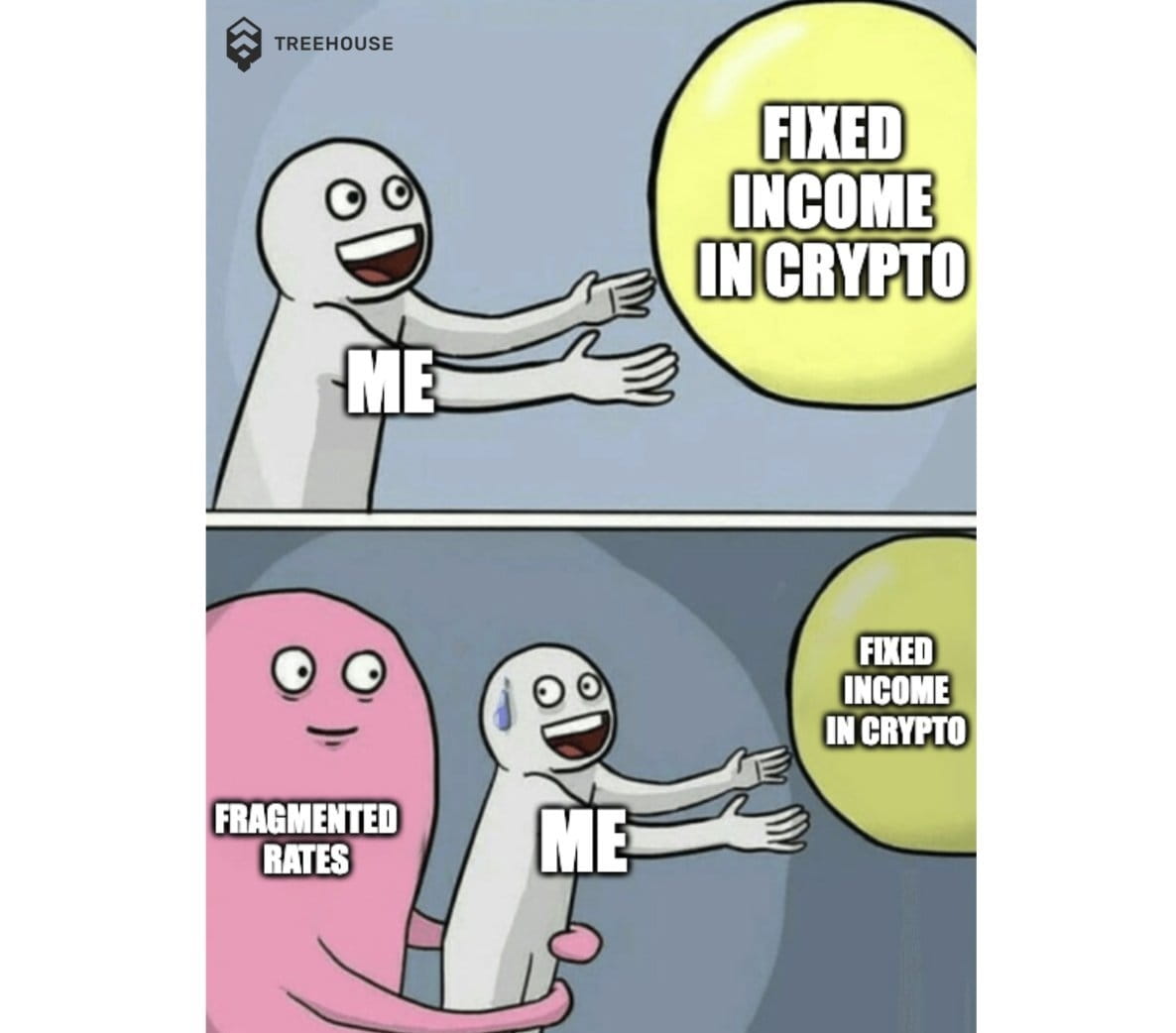In the traditional financial world, investors always have a trustworthy 'safe road'—the yield on U.S. Treasury bonds is widely regarded as the risk-free benchmark for dollar assets. However, such a safe haven has been missing in the novel realm of digital assets. With the rapid development of the cryptocurrency market and the continuous maturation of the DeFi ecosystem, establishing a reliable 'risk-free' benchmark is becoming increasingly important.

Imagine when you need to choose a lending target between two friends: one is a gambling addict, while the other is a rational planner investing in education for the future. How would you price that? This seemingly simple example reveals a fundamental challenge in the digital asset space: the lack of a unified risk pricing benchmark.
Limitations of Bitcoin: External Dependence Becomes a Fatal Shortcoming
As the progenitor of cryptocurrency, Bitcoin is naturally the first benchmark candidate that comes to mind. On the surface, Bitcoin's proof-of-work mechanism seems to possess the foundational conditions to become a 'risk-free' interest rate: systemic importance and predictable mining rewards. However, in-depth analysis reveals that the yield from Bitcoin mining heavily depends on external variables, including computational power investment and electricity costs.
This external dependence causes different participants to face varying cost structures and risk exposures, similar to the gold mining industry, where output largely depends on labor and equipment investment. It is this reliance on external factors that undermines Bitcoin's qualifications as an independent and reliable benchmark, explaining why the concept of a 'gold risk-free rate' is rarely heard in traditional markets.
Revolutionary Advantages of Ethereum: A Decentralized 'Digital Government'
In contrast, Ethereum shows potential to become the ideal choice for a 'risk-free' interest rate in the crypto world. Ethereum is not just a simple digital currency; it resembles a complete decentralized ecosystem, reflecting characteristics similar to democratic governance on multiple dimensions.
Firstly, Ethereum has an independent monetary system. Its native token ETH and Gas mechanism construct a complete internal economic cycle, similar to the monetary system of sovereign nations. Secondly, Ethereum's staking governance mechanism allows token holders to participate in network decisions through voting, ensuring long-term stability of the system through this democratized governance structure. Most importantly, Ethereum has established a complex financial infrastructure that supports decentralized exchanges and currency markets, forming a self-contained financial ecosystem.

Proof of Stake: The Cornerstone for Building Reliable Benchmarks
Ethereum's transition to a proof-of-stake mechanism creates the conditions for establishing a true 'risk-free' interest rate. Unlike Bitcoin mining, Ethereum's staking yields possess three key characteristics: predictability, stability, and systemic importance.
Currently, the annualized yield of Ethereum staking is approximately 3.5%, which provides a clear risk pricing benchmark for the entire Ethereum ecosystem. Any investment activity on the Ethereum network should expect yields to exceed this benchmark. It's akin to traditional finance, where any dollar investment should provide returns exceeding those of U.S. Treasury bonds.
More importantly, Ethereum staking is the foundation of network security and operation. Without the staking mechanism, the Ethereum network would not function properly, and this systemic importance ensures the stability and reliability of staking yields. This endogenous, non-reliant yield generation mechanism is a core element needed to build a 'risk-free' benchmark.
Practical Application Scenario: A Compass for Rational Investment Decisions
With Ethereum's 3.5% benchmark yield, investors now have a clear reference point. If one chooses to lend ETH to a friend who hopes to invest in their future through education, a 4% annual interest rate may be reasonable. But if faced with a high-risk borrower with a gambling addiction, a 69% annual interest rate might be necessary to adequately compensate for the corresponding risk.
The establishment of this benchmark not only aids individual investment decisions but, more importantly, provides an anchor point for risk pricing within the entire DeFi ecosystem. The current issue of extreme interest rate differentiation in the digital asset space is expected to be fundamentally improved through the establishment of a unified benchmark.
Future Outlook: Unified Benchmarks Leading Industry Standards
Although the theoretical foundation for establishing Ethereum's 'risk-free' interest rate is already quite solid, the current challenge lies in how to promote this standard in a highly differentiated market environment. There are significant interest rate differences between different platforms and protocols, lacking a unified pricing basis.
With the further maturation of the DeFi ecosystem, Ethereum's staking yield is expected to become the cornerstone of the entire crypto financial system. This will not only improve market efficiency and reduce investors' decision-making costs but, more importantly, lay the groundwork for further penetration of digital assets into traditional finance.
In this era of transformation, finding a reliable investment benchmark is crucial. Ethereum is proving that a decentralized world can also build a reliable and stable financial infrastructure. For investors seeking to establish long-term investment strategies in the digital asset space, understanding and applying this emerging 'risk-free' benchmark will be key to gaining a sustained competitive advantage.
In the vast realm of digital assets, #Treehouse and $TREE are working to turn this theory into reality, providing a unified and reliable benchmark interest rate solution for the entire industry.



